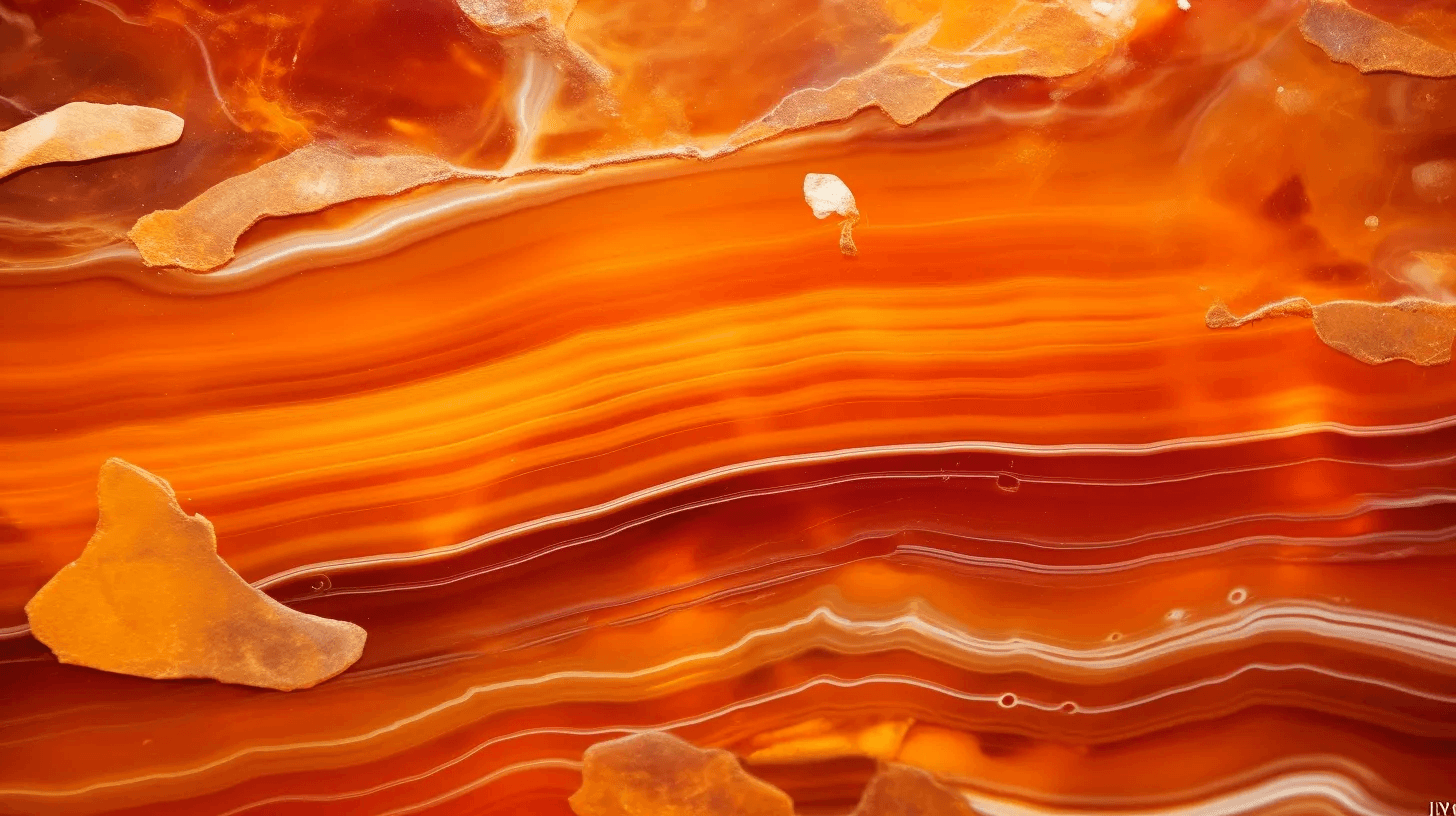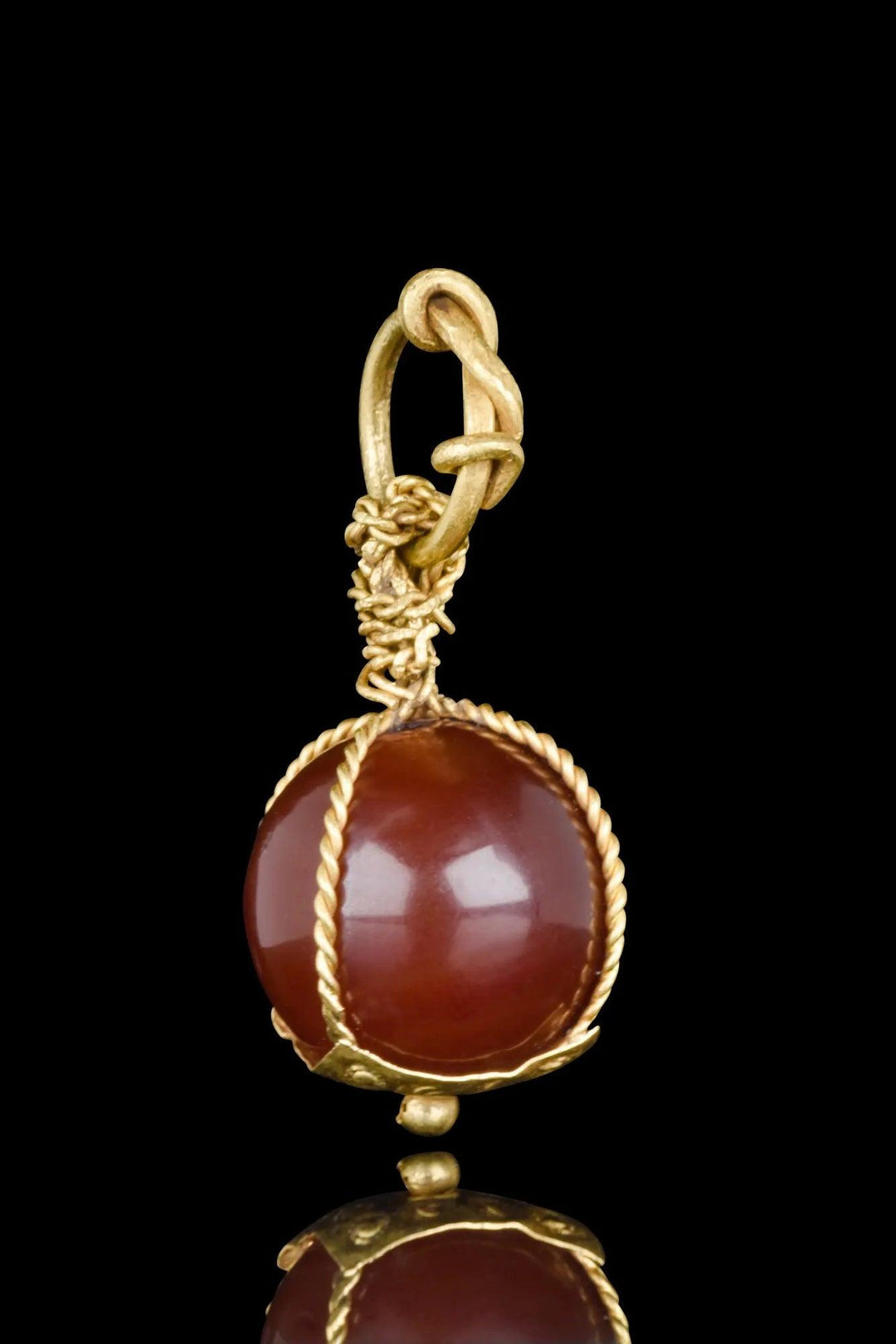
Carnelian: The Fiery Gem of Ancient Civilizations
Experience the allure of authentic carnelian artifacts, the vibrant gem cherished for its deep red hues and spiritual significance. Explore pieces from cultures that held carnelian in high regard.
Carnelian - a radiant gemstone that has captivated ancient societies with its fiery red and orange hues. Revered for both its beauty and symbolic meanings, carnelian has been a gem of choice for jewelry, amulets, and seals.
Importance in Ancient Times: Carnelian was more than just a decorative stone; it was believed to possess protective qualities, warding off evil and bringing good fortune to its wearer. Its vibrant color was often associated with vitality, courage, and passion. Ancient artisans crafted carnelian into beads, intaglios, and cabochons, making it a staple in ancient jewelry.
Where It Was Found: Carnelian was primarily sourced from the regions of India, Arabia, and North Africa. Its rich color variations, from pale orange to deep red, made it a sought-after gem in various ancient trade networks.
Significance in Important Objects: Carnelian was intricately carved into seals, rings, and amulets. The ancient Egyptians believed carnelian protected the journey of the dead to the afterlife, often placing carnelian amulets in tombs. The Romans and Greeks used carnelian seals due to the stone's ability to make a detailed impression that would not stick to wax.
Cultures That Valued Carnelian the Most:
- Ancient Egypt: Used carnelian extensively in jewelry and burial amulets.
- Indus Valley Civilization: Crafted intricate carnelian beads and seals.
- Ancient Rome: Valued carnelian for signet rings and intaglios.
- Sumerian Civilization: Incorporated carnelian in their jewelry and cylinder seals.
- Ancient Persia: Used carnelian in various decorative and functional artifacts.
Dive into our curated collection of genuine carnelian artifacts and connect with the fiery spirit of ancient civilizations that treasured this radiant gem.










